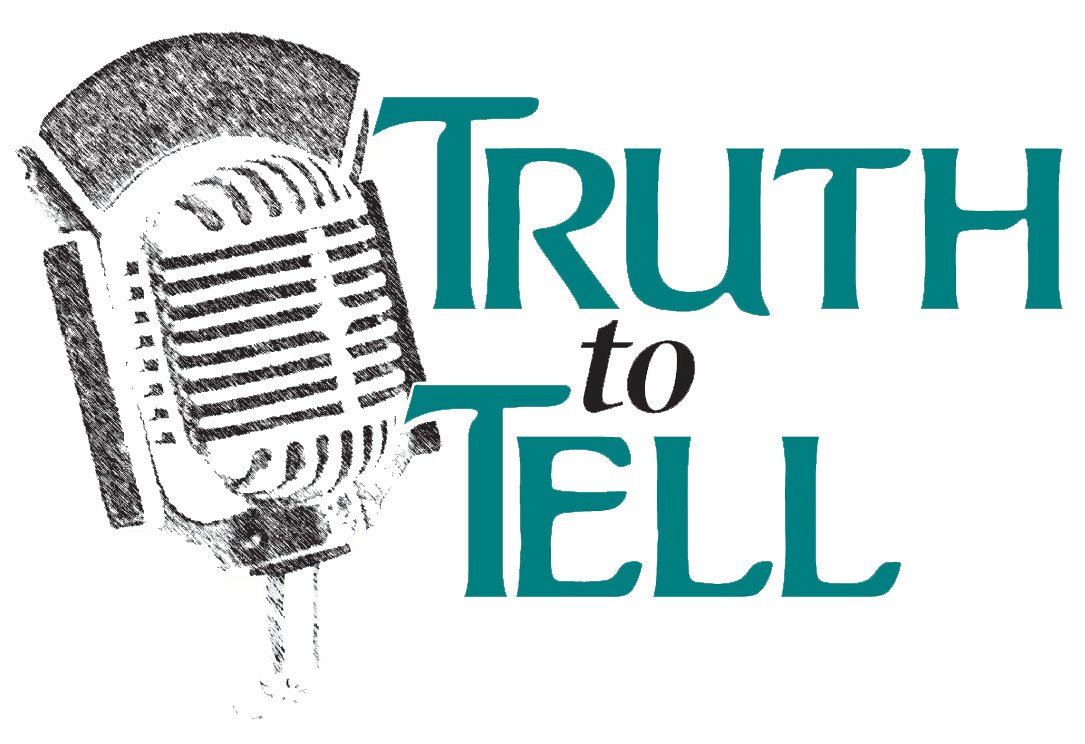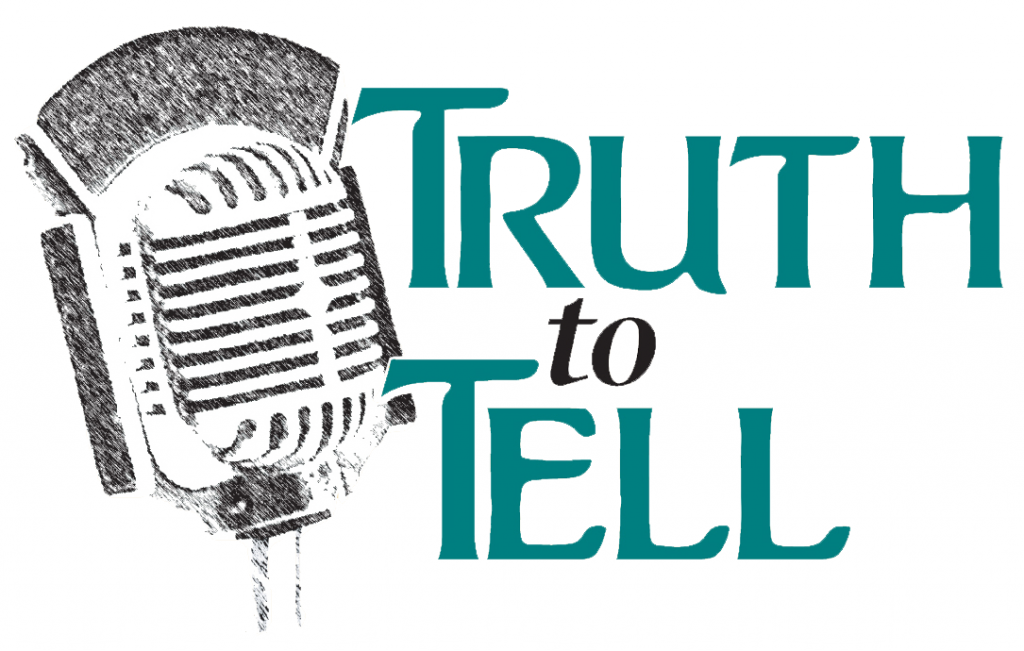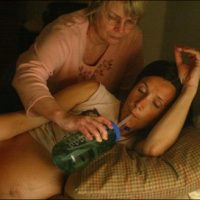Truth To Tell (2010-11-15)
Please help CivicMedia earn MATCHING DOLLARS to keep TruthToTell and First Person Radio at the forefront of public affairs programming in the Twin Cities and Minnesota. DONATE TODAY.
And THANK YOU!
~~~~~~~~~~~~~~~~~~~~~~~~~~~~~
Start looking around for facts and figures and stories about a topic you’ll think interesting, and, sure as hell, you’ll stumble on a major controversy boiling in the background. Such is it with home birthing.
Human history would reveal the many, perhaps hundreds of ways babies have come into this world over the millennia. Most of them would likely NOT have involved hospitalization, particularly regular prenatal visits to a medical professional.
We know that children have dropped from the womb in the most unlikely places as far as modern perceptions go. Indigenous peoples, nomadic peoples, early cultures of all kinds, perhaps even the most decked out of European mothers have birthed their children far from a clinical facility. How many of those quite natural birthing procedures have been responsible for lower rates of healthy deliveries is apparently one of those subjects modern medicine disputes.
We know this, too: for the past 30-40 years, after many years of increasing hospitalizations for delivering babies, including many hundreds for Caesarian sections, a strengthening movement back to the less sterile, perhaps, but, for many, the most comfortable and natural setting for what is, after all, not a medical procedure, per se, but the simple act of bringing a new life into the world has taken hold among thousands of mothers.
This notion of home birthing is accompanied by a concomitant increase in the number of women wishing to be attended by a good, not-so-old-fashioned midwife, that skill so indispensable for the hundreds of years which saw no available medical intervention. True, the record of those early days is replete with still births and maternal deaths in childbirth, but everything was crude then, even for a skilled midwife who was a sore disadvantage in villages, or the woods or on the prairies.
But life expectancy fell far shorter then and all manner of diseases and pestilence and distance from treatment claimed the lives of adults and children alike before their time. Folks rather expected much of this.
Now, in the 21st Century, after years of professionalization and “medicalization” of the entire parenting process from conception through delivery, many families, say, women, are opting for a simpler method, in the home with a successor to the old days of midwifery, the modern, professional midwife, or licensed midwife, or doula.
The medical profession appears pretty unhappy over this turn of events and is arguing against home birthing for all the reasons medical intervention was introduced to begin with decades ago: it’s essentially the only really safe way to deliver and, in that setting, all the options for emergency deliveries are close at hand.
TruthToTell’s ANDY DRISCOLL and LYNNELL MICKELSEN explore with advocates from all sides of this controversy, much of which has landed in the halls of state capitols and in the medical journals, especially those of the American Congress of Obstetrics and Gynecology and the AMA. But midwives and home birthing advocates have successfully pushed for laws allowing the home birthing of children and still have access to and coverage for emergency medical procedures and pediatric follow-up care for infants. LISTEN BELOW for this fascinating discussion.
KATHERINE PROWN, PhD – The Big Push for Midwives
KIM GARRETT – Dearborn Midwifery; Certified Professional Midwife, Licensed Midwife
SUNDEE KUECHLE – Home Birth Mother
JENNIFER PEOPLES, MD, OB/GYN (Called in voluntarily)



